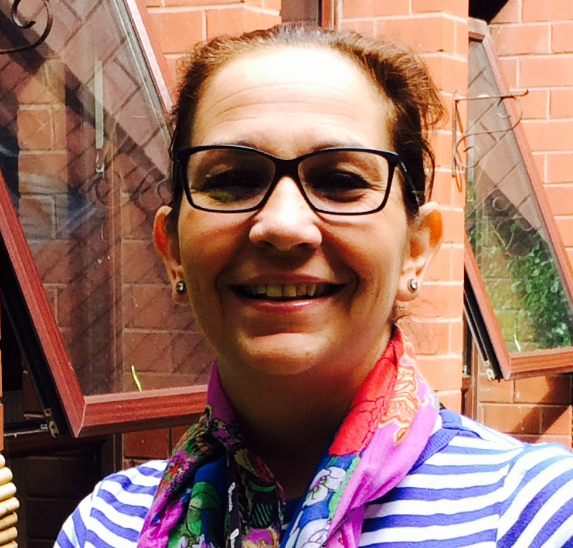 By: Vera Deacon, Riverside Scheme Manager
By: Vera Deacon, Riverside Scheme Manager
In my role managing one of our Retirement Living services in Merseyside, I overcome challenges and learn new skills every single day.
At my scheme lives a customer called Keith. Keith is 64-years-young and is affected by both deafness and blindness, as well as being unable to communicate verbally.
Keith was born with hearing and visual difficulties which gradually deteriorated over time, becoming completely blind by his forties. After a long time spent working as a baker, this forced Keith into early retirement as it was deemed no longer safe for him to carry on working.
Sense, the deafblind charity, estimates there are around 250,000 people who are deafblind in the UK, with more than 220,000 of those people aged over 70.
Since 2008, Keith has lived at my retirement living scheme in Merseyside, and, with the help of assistive technology, he has been able to maintain a large amount of his independence despite his sight and hearing difficulties. He has a pull cord in his flat, as well as a sensory pillows and a vibrating pager. The pillow is linked to his heat and smoke detector, which alerts Keith should either alarm go off. Keith’s pager lets him know that somebody is trying to contact him or if somebody is at his door.
Over the past two years, I have been learning to communicate with Keith using a simple Block method which involves spelling out words through hand actions and tracing on the palm. He also has a braille reader for emails, which is another way he can communicate with me if he has any concerns about his apartment or living arrangements.
I always make sure that the Block instructions are accessible should emergency services need to be called out to attend to Keith. I have been working with these services to reduce the number of call-outs. We have been successful in this by installing additional extractor fans, changing some of his cooking utensils and making braille cards available to emergency services should they need to enter Keith’s flat. If this does need to happen, it’s now a much less distressing experience for him.
I host regular meetings with the fire and police services showing willing participants how to communicate using the Block method. I hope that this will help these services communicate more easily with Keith and other deaf and blind people in the local community.